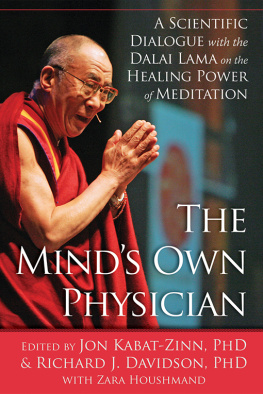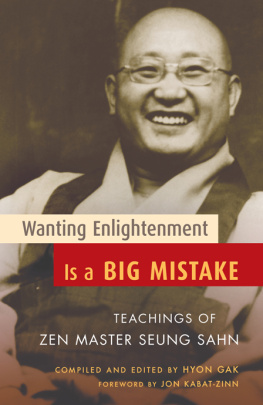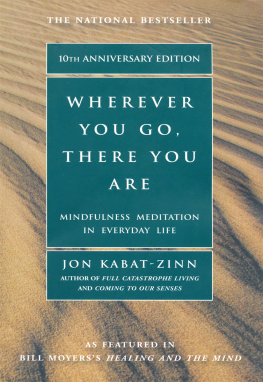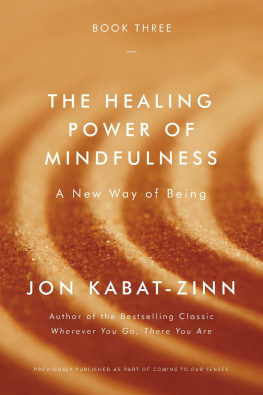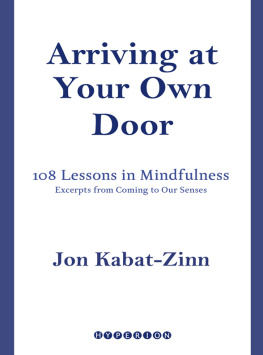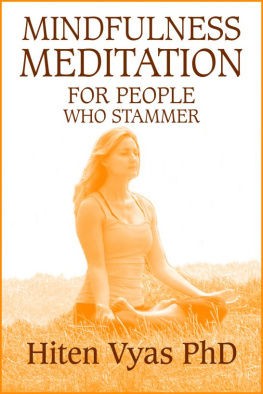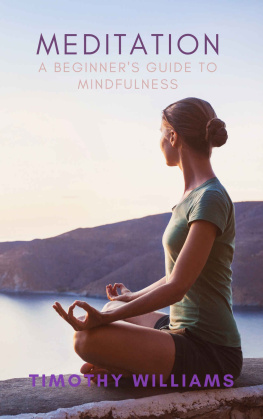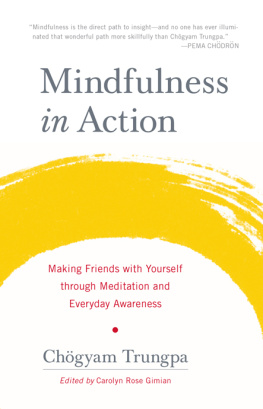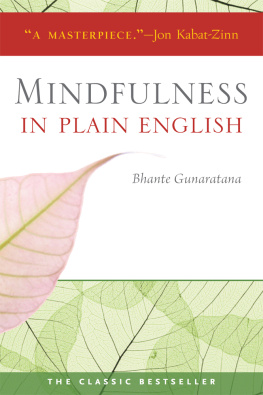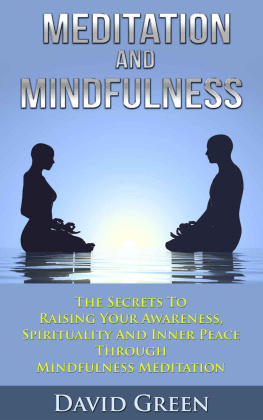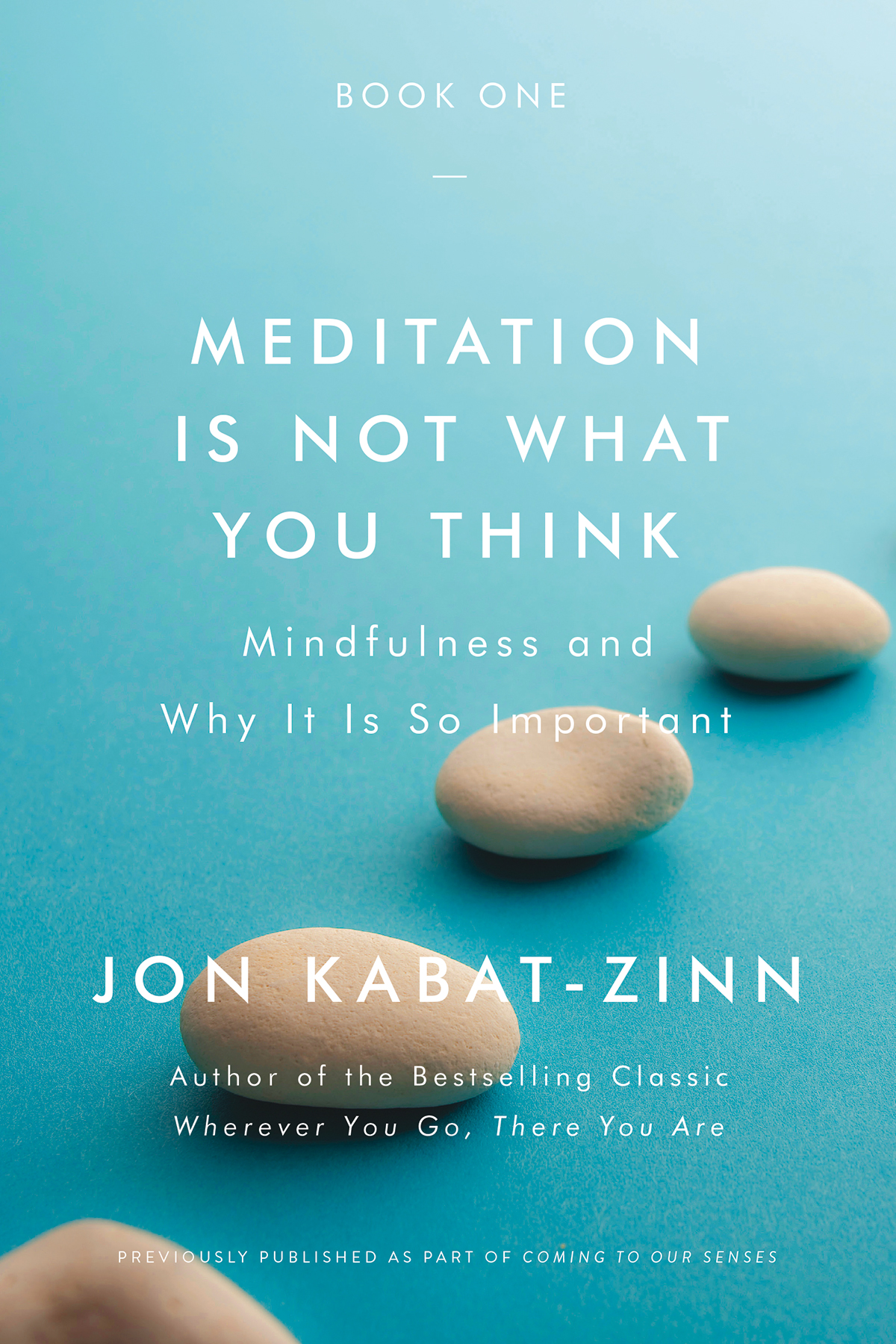Copyright 2018 by Jon Kabat-Zinn, Ph.D.
Cover copyright 2018 by Hachette Book Group, Inc.
Hachette Book Group supports the right to free expression and the value of copyright. The purpose of copyright is to encourage writers and artists to produce the creative works that enrich our culture.
The scanning, uploading, and distribution of this book without permission is a theft of the authors intellectual property. If you would like permission to use material from the book (other than for review purposes), please contact permissions@hbgusa.com. Thank you for your support of the authors rights.
Credits and permissions appear beginning and constitute a continuation of the copyright page.
Hachette Books is a division of Hachette Book Group, Inc.
The Hachette Books name and logo are trademarks of Hachette Book Group, Inc.
The publisher is not responsible for websites (or their content) that are not owned by the publisher.
The Hachette Speakers Bureau provides a wide range of authors for speaking events. To find out more, go to www.hachettespeakersbureau.com or call (866) 376-6591.
FALLING AWAKE: How to Practice Mindfulness in Everyday Life
THE HEALING POWER OF MINDFULNESS: A New Way of Being
MINDFULNESS FOR ALL: The Wisdom to Transform the World
MINDFULNESS:
Diverse Perspectives on Its Meaning, Origins, and Applications
(editor, with J. Mark G. Williams)
MINDFULNESS FOR BEGINNERS:
Reclaiming the Present Momentand Your Life
THE MINDS OWN PHYSICIAN:
A Scientific Dialogue with the Dalai Lama on the Healing Power of Meditation
(editor, with Richard J. Davidson)
LETTING EVERYTHING BECOME YOUR TEACHER:
100 Lessons in Mindfulness
ARRIVING AT YOUR OWN DOOR:
108 Lessons in Mindfulness
THE MINDFUL WAY THROUGH DEPRESSION:
Freeing Yourself from Chronic Unhappiness
(with Mark Williams, John Teasdale, and Zindel Segal)
COMING TO OUR SENSES:
Healing Ourselves and the World Through Mindfulness
EVERYDAY BLESSINGS:
The Inner Work of Mindful Parenting
(with Myla Kabat-Zinn)
WHEREVER YOU GO, THERE YOU ARE:
Mindfulness Meditation in Everyday Life
FULL CATASTROPHE LIVING:
Using the Wisdom of Your Body and Mind to Face Stress, Pain, and Illness
for Myla
for Stella, Asa, and Toby
for Will and Teresa
for Naushon
for Serena
for the memory of Sally and Elvin
and Howie and Roz
and for all those who care
for what is possible
for what is so
for wisdom
for clarity
for kindness
for love
What Is Meditation Anyway?
It is not uncommon for people to think they know what meditation is, especially since it is so much in the common parlance now and images and passing references to it, as well as podcasts and online summits on the subject, abound. But actually and quite understandably, most of us still may be harboring fairly narrow or incomplete perspectives on what meditation is and what it can do for us. It is all too easy to fall into certain stereotypes, such as that meditation is limited to sitting on the floor while effectively banishing all thoughts from ones mind; or that it must be practiced for long periods of time and often, for it to have any positive effect; or that it is inextricably linked to adopting a specific belief system or spiritual framework from an ancient tradition. People may also think that it has almost magical benefits for our bodies, our minds, and our souls. None of this is really the case, although there are elements of truth in all of it. The reality is much more interesting.
So what is meditation, really? And why might it make a lot of sense to at least experiment with bringing it into your life? This is exactly the subject of this book.
Meditation Is Not What You Think was originally published in 2005 as part of a larger book entitled Coming to Our Senses: Healing Ourselves and the World Through Mindfulness. Since its initial publication, mindfulness has improbably gone mainstream in a big way. Millions of people around the world have taken up a formal mindfulness meditation practice as part of their everyday lives. To my mind this is a very positive and promising development, one that I had hoped for and have tried to help catalyze over the years along with many other people, in spite of the fact that along with this entering into the mainstream, there inevitably comes some degree of hype, commercial exploitation, opportunism, and people claiming to teach it who have little or no background or training in it. Still, even the hype can be seen as a sign of success, although hopefully one that will be relatively short-lived and contained, as the significant healing and transformative power of mindfulness as a practice and as a way of being in relationship with our lived experience becomes more widely understood and adopted.
While meditation is not all about sitting still on the floor or in a chair, taking your seat both literally and metaphorically is an important element of mindfulness. We could say that in essence, it is a direct and very convenient way to cultivate greater intimacy with your own life unfolding and with your innate capacity to be awareand to realize how valuable, overlooked, and underappreciated an asset that awareness actually is.
A Love Affair with Life
The act of taking your seat in your own life, which could also be seen as taking a stand of a certain kind, on a regular basis, is in and of itself a profound expression of human intelligence. Ultimately it is a radical act of sanity and lovenamely to stop all the doing that carries us through our moments without truly inhabiting them, and actually drop into being, even for one fleeting moment. That dropping in is the exceedingly simple, but at the same time, hugely radical act undergirding mindfulness as a meditation practice and as a way of being. It is easy to learn. It is easy to do. But it is also equally easy to forget to practice, even though this kind of dropping in takes literally no time at all, just remembering.
Happily, this intimacy with our own capacity for awareness is increasingly being taken up and nurtured in one form or another by more and more people as it makes its way into various domains of society: from school children to elders, from academics to business professionals, from tech engineers to community leaders and social activists, from college students to medical and graduate students, frombelieve it or notpoliticians, to athletes at all levels of sport. And for the most part, mindfulness is being nurtured and cultivated not as a luxury or passing fad but with the growing recognition that it may be an absolute necessity for living life fully and for living life with integrityin other words, ethicallyin the face of the starkly looming challenges we are all confronted with every day and with the equally enormous and compelling opportunities and options that are available to us as well at this particular moment in timethat is, if we can see through and transcend at least for a moment, our minds own self-constructed and habitual limitations, the narratives we tell ourselves that are not true enough if they are true at all, and our endemic blindnesses. This enterprise is ultimately one big and extremely vital adventurefull of ups and downs, just as life itself is full of ups and downs. But how we choose to be in relationship to it makes all the difference in how this adventure, the adventure of your life, unfolds. And you have a lot more say in it than you might suspect.


